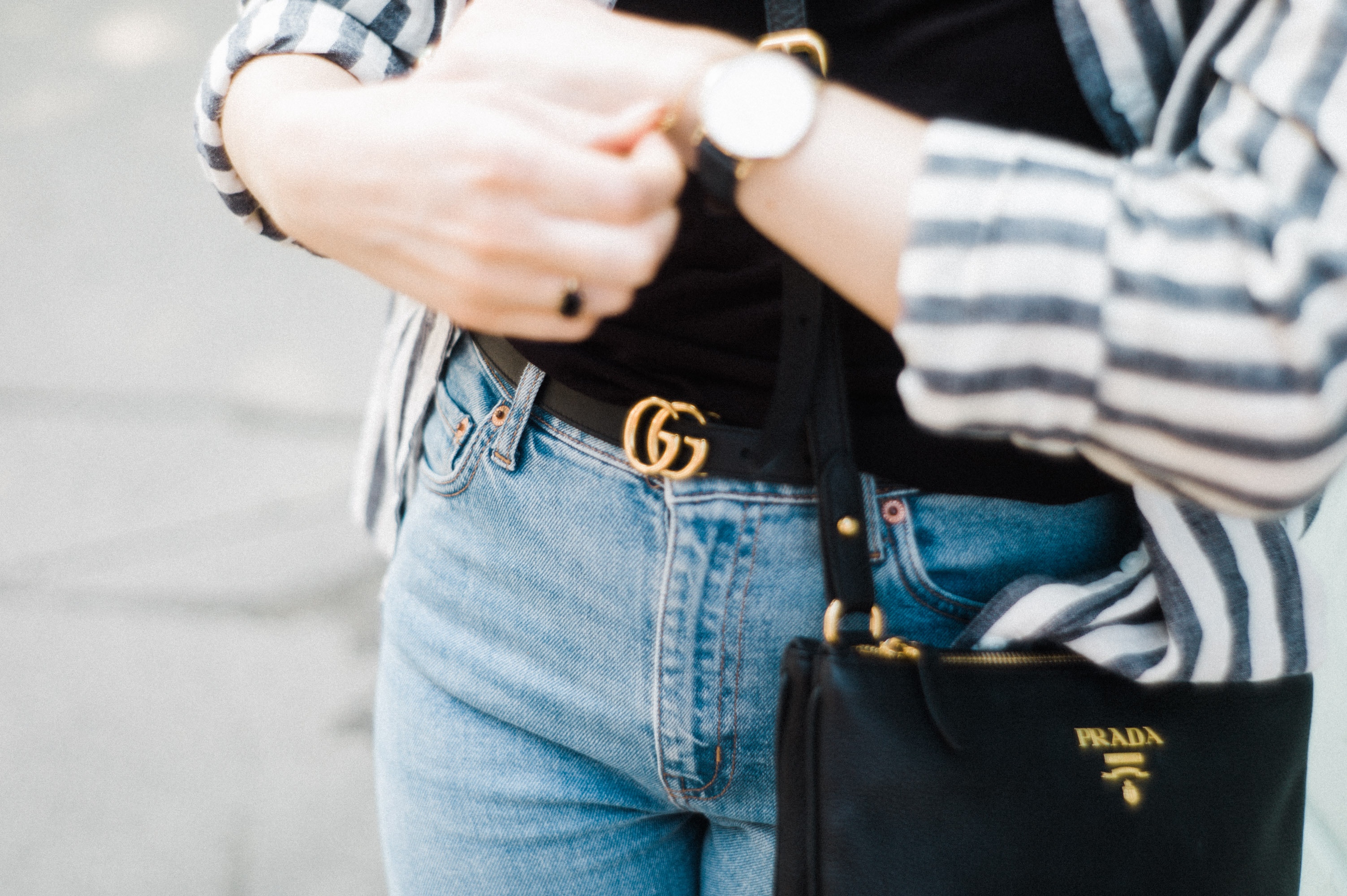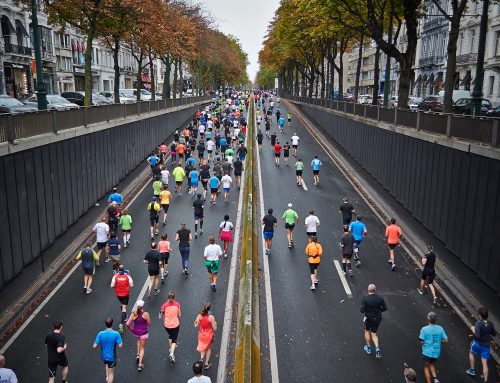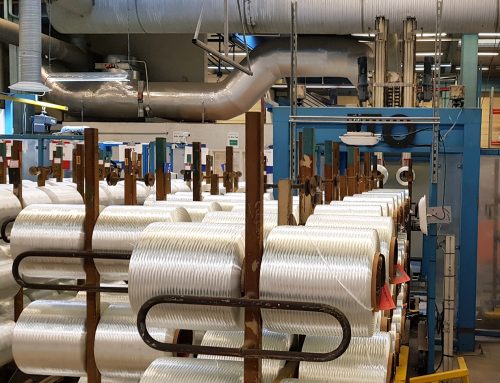To all the ladies who have a big love for designer bags,
did you know that RFID technology can tell you if your next designer bag is real or fake?
Could you distinguish a fake designer handbag from the real deal by using RFID technology?
Customers choose certain brand names because they know that name stands for quality. For customers, it is therefore important to make sure these high end-products are genuine.
However, the growth of e-commerce – allowing us to easily leap geographic boundaries and time zones – has opened the door for counterfeit goods. Although most of these goods are sold online, many fake products are sold in the design shops.
To protect their valuable brand name, many companies use Radio Frequency Identification (RFID) technologies to solve their counterfeiting problem. A track-and-trace system using RFID technologies is a tool to combat counterfeiting. It has an obvious advantage over other anti-counterfeiting technologies. It complements the common measures (e.g. Fingerprints or chemical markers) that it enables efficient and automatic verification of product authenticity. Also, the RFID hardware costs are relatively low compared to the value of high-end consumer products, such as handbags, purses, watches, etc.
How is RFID technology used to fight counterfeits?
RFID technology is an identification and localization method using radio waves. It is used to track and trace products through a supply chain.
RFID’s are like extremely effective barcodes (it contains all the information about your Fendi or Chanel). The mechanism is relatively simple and easy to implement: the RFID tags that hold information in microchips are attached to the pallets or cartons. In some cases, the chips are attached to the bags themselves. A reader communicates with the tags, not only for identification but also for verifying the identity. As the product moves through the supply chain, each node in the chain updates the product information. This information includes the origin, destination, timestamp, company names,… of each product. In that way, a product and its history can be tracked and traced at all time as it moves from the manufacturer to retailers.
The specific product information may be queried trough custom data processing software. All the supply chain partners are expected to verify the incoming products and reject those holding suspicious information. At the end of the chain, it is the responsibility of the retailers to check the product authenticity. Customers can verify a product before they make a payment.
What about privacy?
Since the tags are attached to the pallets or cartons that contain designer bags, customers won’t be traced while carrying their handbag. Assuming that the tag readers and the partners along the supply chain are all trustworthy, customers won’t be involved in the anti-counterfeiting mechanism.
When the RFID system is attached to the bag itself, there is still no privacy issue. The RFID system is not powerful enough to track where in the world you are while using that specific product. Any readers out of the normal operation range (typically between 10 cm and 1 m) cannot retrieve any information from the tag. Leaking information to unauthorized users is therefore not possible.
Using strong cryptography prefents readers for retrieving information. Several Luxury brands are already experimenting with RFID technology, but never without informing the customer. Burberry, for example, states the use of RFID technology in its privacy policy.
So, when looking for your next designer bag, keep in mind that RFID technology can help you identify the real deal from the fake ones.
RFID technology is not only used in the fashion industry. Do you want to know all about this technology and its possibilities? Let’s meet each other!

Photo by John Tuesday on Unsplash



